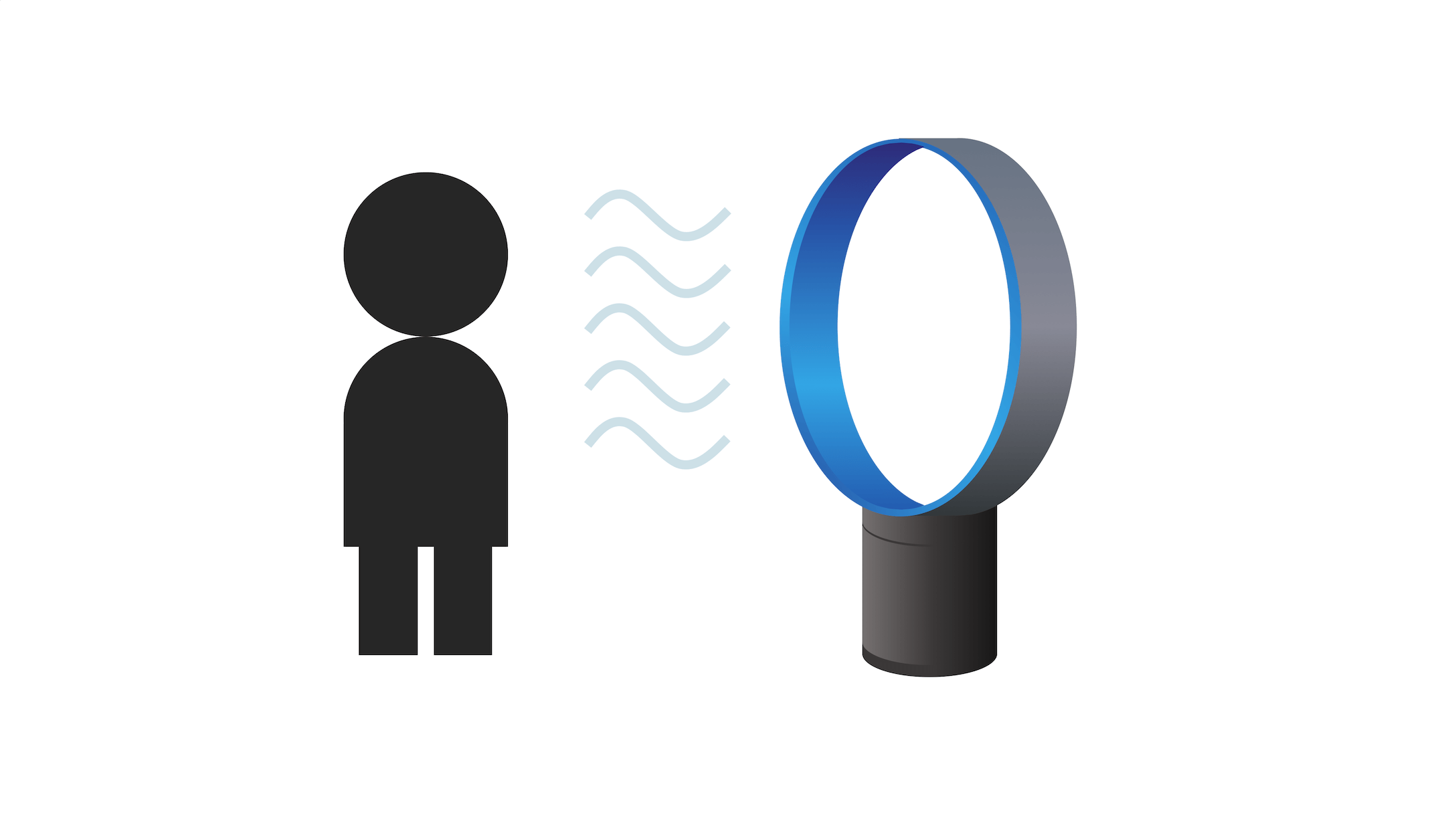What is beautiful is usable

Humans are subconsciously more favourable about characteristics of people whom are attractive than those who are not. This “what is beautiful is good” effect exists for user interfaces. We know this thanks to Tractinsky, Katz, and Ikar, whose paper about the effect of aesthetics on perceived usability was published almost 20 years ago.
Physical product design used to be exclusively about designing products that worked well and were mass-producable.
This changed in the 1920s, when realised that consumers also place a lot of value on aesthetics. This is why product design focusses on both form (aesthetics) and function (usability) nowadays.
Things were a bit different for digital products however.
The human-computer interaction (HCI) experts – who often had technical backgrounds – strongly emphasised the importance of usability, as it can be measured somewhat objectively by determining how effectively and efficiently test subjects can complete tasks using a system or software product.
Aesthetics on the other hand is annoyingly subjective and non-quantifiable, and was consequently neglected by most user interface designers.
Enter Tractinsky et al., who conducted an experiment to determine whether users would also be more favorable about a system’s usability if it looks aesthetically pleasing.
The authors recruited 132 third-year industrial engineering students for a comparative experiment with ATM layout designs that were assigned aesthetics and usability ratings in an earlier study.
The experiment consisted of three stages.
In the first stage, participants were asked to rate nine ATM layouts on aesthetics, ease of use, and amount of information on the screen. All nine layouts contained the same objects, but with different arrangements and aesthetics levels (3 low, 3 medium, and 3 high).
Participants were then assigned to one of the three aesthetics conditions and one of two usability levels (high and low) for the remaining stages, and given some time to get acquainted with the corresponding layout.
The second stage consisted of 11 tasks that participants had to perform on a system that implemented the layout. The were recorded for each task.
Finally, participants were asked to re-rate aesthetics, ease of use, and information density for their ATM layout, and to rate their overall satisfaction with the design.
The results show that the “what is beautiful is good” effect also applies to user interfaces:
-
Perceived levels of aesthetics and usability were already highly correlated before the start of the actual experiment, and remained high after the experiment;
-
Perceived amount of information is weakly correlated with perceived aesthetics and perceived usability, which suggests that aesthetics and usability are clearly related to each other and not just rated similarly due to chance or bias;
-
Participants’ overall satisfaction is highly correlated with the perceived aesthetics and usability of the system;
-
Post-experimental perception of a system’s usability is affected by its aesthetic qualities rather than its actual usability;
-
Users of low- and medium-aesthetics systems were .
While this study clearly shows that interface aesthetics really do matter, there are some caveats, which I’ll discuss in next week’s article.
-
Perceived aesthetics and perceived usability are highly correlated
-
A system’s aesthetic quality affects post-use perceptions of both aesthetics and usability
-
Usability on the other hand does not appear to affect perceptions of aesthetics or usability


